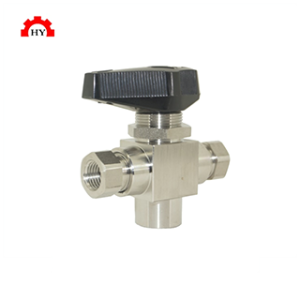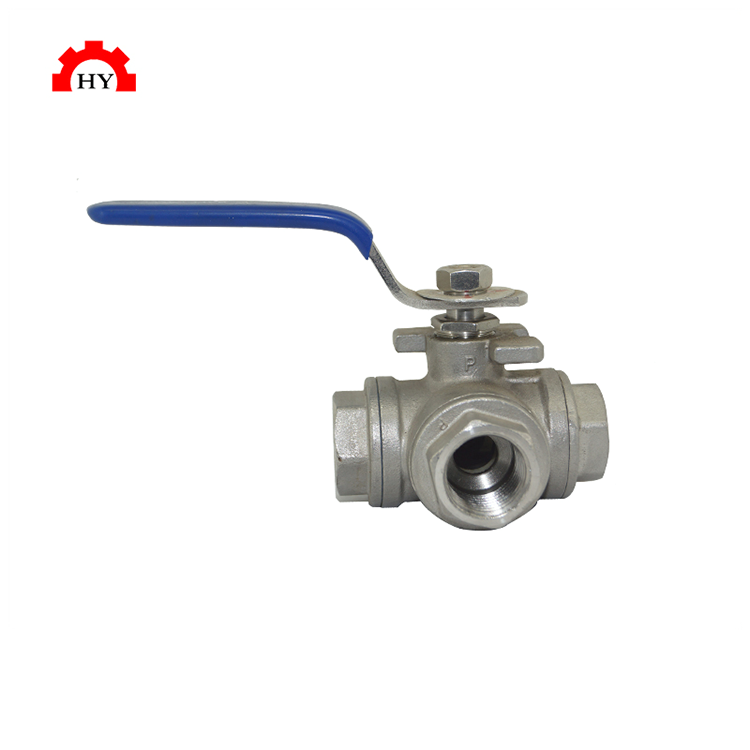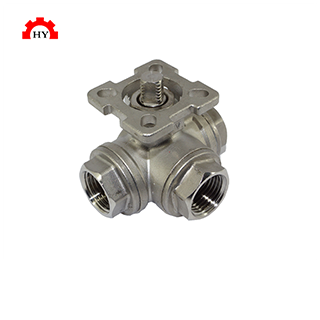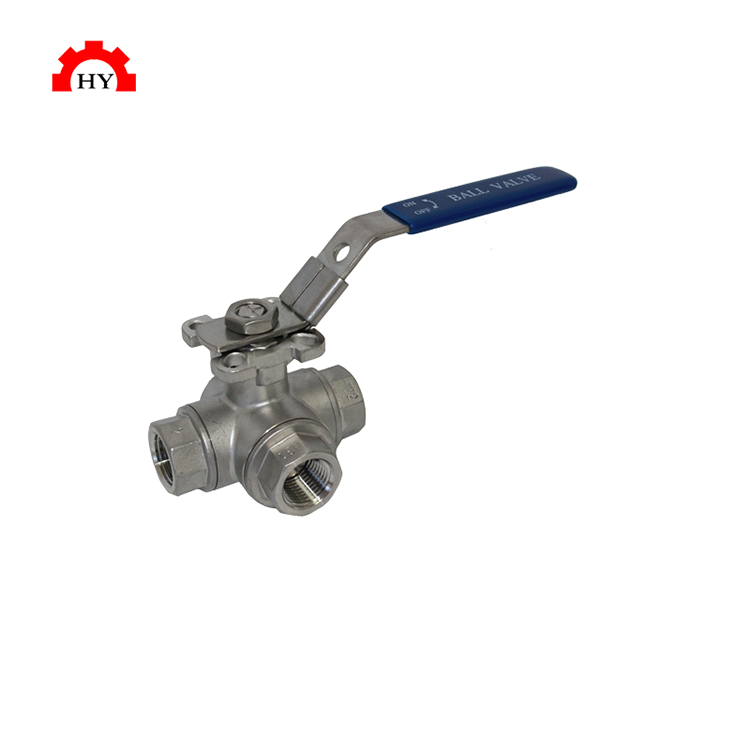How to Install a Female Thread Ball Valve?
A female thread ball valve is a valve that utilizes a ball to regulate the movement of fluid. These valves possess female threads on both ends, enabling them to be linked to pipes or fittings with male threads. They are alternatively referred to as female threaded ball valves or FTB ball valves.
Ball valves are commonly employed in situations that necessitate a swift and convenient method to halt the movement of fluid. Furthermore, they find utility in scenarios where the regulation of fluid flow is imperative, such as within a water supply network.
Steps to Install a Female Thread Ball Valve

1. Begin by ensuring that the pipe is cut to the correct length and that the ends are clean and free of any rough edges. In the case of installing the ball valve in an existing pipe, it will be necessary to remove a section of the pipe to accommodate the valve.
2. Proceed to apply Teflon tape or pipe dope to the female threads of the ball valve. This step is crucial as it helps to establish a tight seal and prevent any potential leaks. Utilize a wrench to screw the ball valve onto the male threads of the pipe, ensuring that it is tightened securely.
3. Attach the handle to the ball valve, as it serves as the mechanism for operating the valve. Typically, the handle is secured to the ball valve using a screw. Insert the screw into the designated hole in the handle and tighten it until the handle is firmly in place.
4. To ensure the proper functioning of the valve, it is essential to conduct a thorough test. Begin by fully opening the valve, turning the handle counterclockwise until it reaches its maximum position. Then, close the valve completely by turning the handle clockwise until it stops. During this process, observe that the valve operates smoothly and without any signs of leakage.
Tips for Installing a Female Thread Ball Valve
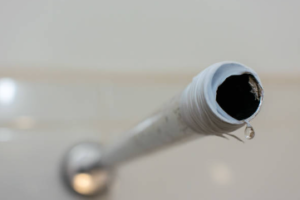
1. To ensure a tight seal and prevent any leaks, it is recommended to utilize either Teflon tape or pipe dope during the installation process of a female thread ball valve. This will help create a reliable seal and minimize the risk of any potential leaks occurring.
2. While tightening the ball valve, it is important to strike a balance between ensuring it is snug and avoiding overtightening. Over-tightening can lead to damage or even breakage of the valve, so it is crucial to exercise caution and find the right level of tightness.
3. Before operating the valve, it is essential to ensure that the handle is securely fastened. This will help guarantee smooth and efficient operation of the valve, preventing any unexpected mishaps or accidents.
4. Prior to using the valve in its intended application, it is highly recommended to conduct a thorough test to ensure its proper functionality. This will help identify any potential issues or malfunctions beforehand, allowing for necessary adjustments or repairs to be made, if required.
Safety Precautions When Installing a Female Thread Ball Valve

1. It is essential to prioritize safety by wearing protective gear such as safety glasses and gloves during the installation process of a female thread ball valve.
2. Exercise caution to prevent any accidental dropping of the ball valve or its accompanying components, as this could lead to damage or potential hazards.
3. Avoid overtightening the ball valve, as excessive force can result in complications or impair its functionality.
4. Ensure that the valve is installed in a suitable location where it will not be exposed to excessive heat or vibration, as these factors can negatively impact its performance and longevity.
Additional Resources
How to Maintain a Female Thread Ball Valve?
Exploring the Benefits of Female Thread Ball Valves
The Ultimate Guide to Choosing the Perfect Female Thread Ball Valve


